Here’s why Southern Nevada gasoline prices skyrocketed again
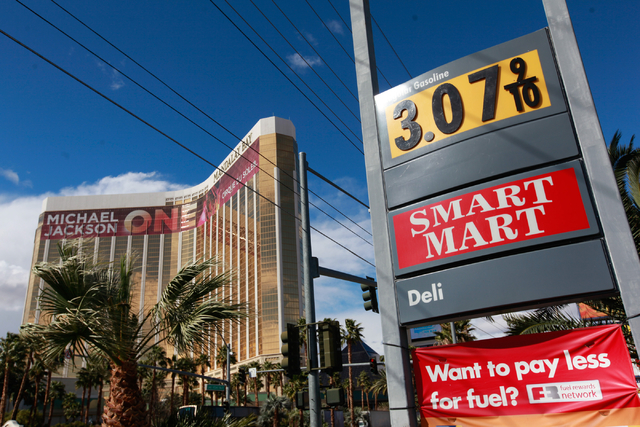
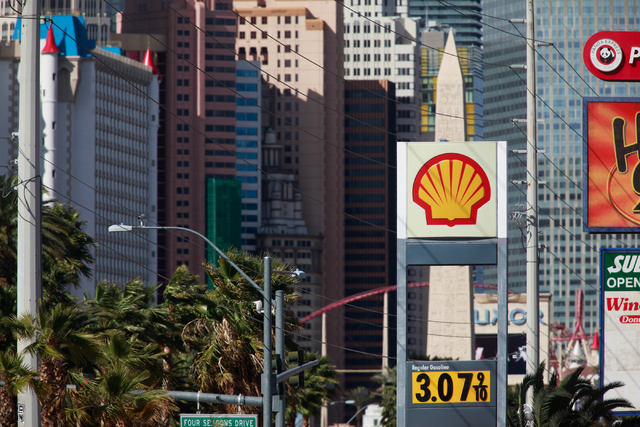
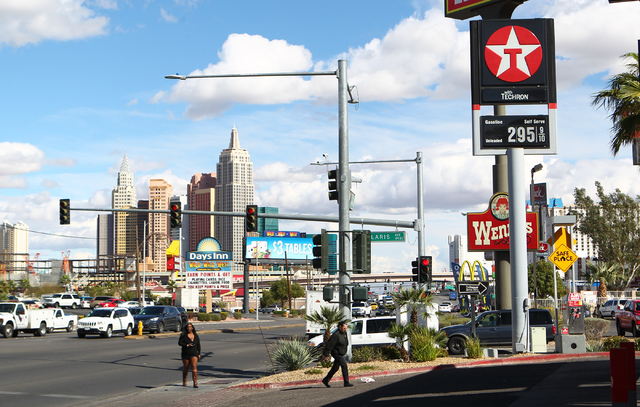
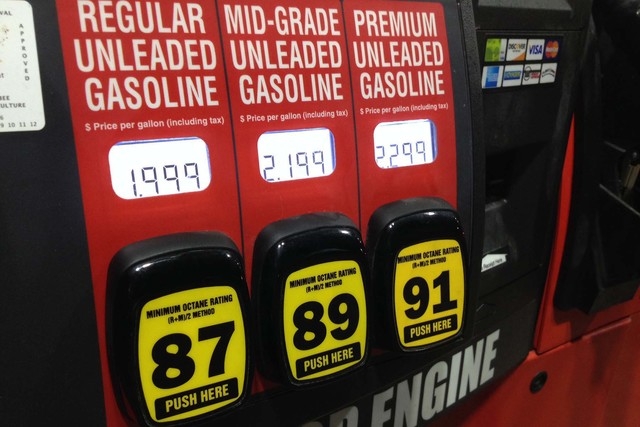
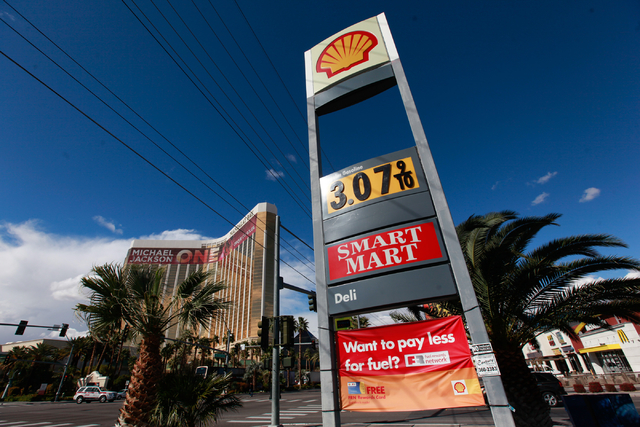
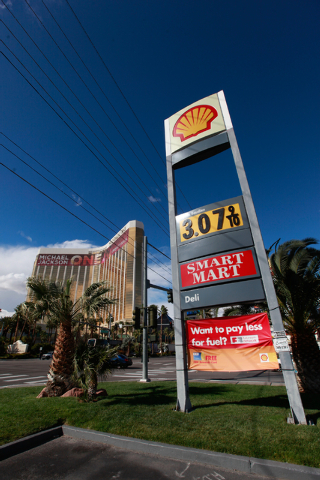
After Southern Nevada’s four-month honeymoon with reduced gasoline prices, motorists now have been hit with the perfect storm.
Refinery maintenance. Preparations to manufacture “summer blend” fuel. A refinery workers strike. Gasoline supply speculation. An explosion and fire at yet another refinery.
All of that happened in the past month and has resulted in gasoline prices skyrocketing from sub-$2-a-gallon to where it is now, $2.84 a gallon. At some Southern Nevada stations, the price per gallon has crept over the $3 line.
What’s worse, the average price of a gallon of gasoline in Las Vegas is 5 cents more than the statewide average.
The national average currently is $2.44 a gallon, 12 cents more than it was a week ago and 39 cents more than it was a month ago, according to GasBuddy.com. The national average is still $1.02 less than it was a year ago, but for nearly three months it was close to $1.25 less a gallon than 2014 levels.
Local consumers were told last month that the price of fuel would creep up slightly in the weeks ahead as California refineries shut down for routine maintenance and to prepare to produce a grade of gasoline commonly used in the summer months.
“We’re now in the transitional time for fuel and that always results in a minor increase,” said Cynthia Harris, media manager for AAA Nevada.
Harris explained that California mandates certain additives be included in summer gasoline blends to produce less toxic emissions and to reduce the amount of fuel that evaporates. It costs more to produce the cleaner fuel and there are added costs in making the transition.
While the special blend isn’t mandated in Nevada, the Silver State gets most of its fuel from California and pays the higher cost, Harris said.
The weeks leading up to the transition are also a time when refineries conduct routine maintenance.
LABOR TALKS SHUT A REFINERY
When Tesoro Petroleum’s Golden Eagle Refinery in Martinez, Calif., near San Francisco, California’s fourth-largest refinery, closed for maintenance, it never reopened. The refinery is one of nine across the United States involved in labor negotiations and struck by the United Steel Workers union. Negotiations are ongoing.
The Golden Eagle Refinery can process 166,000 barrels of oil a day and has 650 employees. The nine refineries where Steel Workers have been on strike since Feb. 1 account for more than 10 percent of the nation’s refining capacity.
The refinery shutdowns have led speculators to fear supply shortages that have driven prices even higher. Concerns about the strike and about whether supplies could be affected by freezing temperatures and snowstorms in the East and Midwest have cast additional fears in oil trading even though supplies nationwide are high and the Organization of the Petroleum Exporting Countries cartel has given no indication it plans to cut production.
“It’s weighed on the minds of traders,” said Patrick DeHaan, senior petroleum analyst for GasBuddy.com, which tracks fuel prices nationwide. “It particularly affects consumers in Arizona, Washington and Oregon as well as California and Nevada.”
But another incident has had an even greater effect on Southern Nevada gasoline prices — an explosion and fire at the ExxonMobil refinery in Torrance, Calif., on Feb. 18.
The fire was quickly extinguished and officials are still seeking the cause of the explosion and fire, which injured four people.
The refinery can process 155,000 barrels of crude oil a day, and it produces 1.8 billion gallons of gasoline each year.
After the explosion and fire, retail fuel prices soared by 25 cents a gallon.
DeHaan said on average, gasoline prices have climbed 54 cents a gallon since Feb. 2.
PRICES SEEN EDGING UP MORE
He said the reason the average price per gallon statewide is lower than the average price in the Las Vegas Valley is that some locations in Northern and central Nevada can be supplied by refineries in Utah. While Utah sources have been affected by the price creep in crude oil and market speculation, they aren’t affected by the incidents in California.
DeHaan predicts that gasoline prices could creep a little higher in the weeks ahead before stabilizing and then heading back down.
“The pace of these increases won’t last, but we’re not likely to see any downward trends until April to late May,”DeHaan said. “There’s always a little increase when the summer blends are manufactured, but this year has been really different because of what’s happened at the California refineries.”












